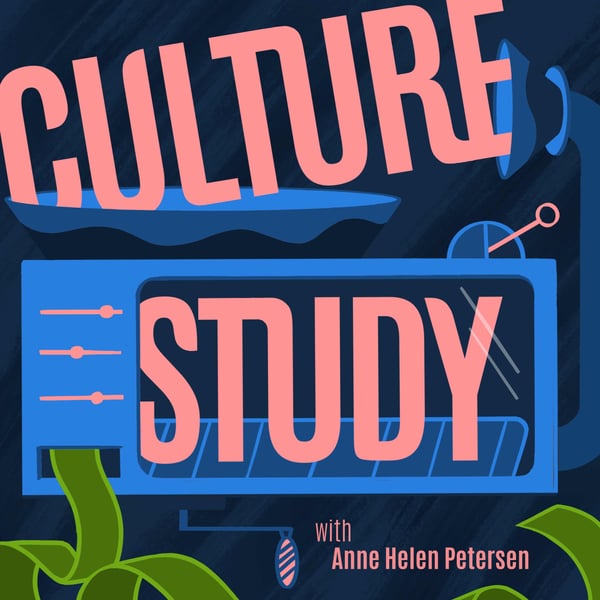How Romance Novels Center Marginalized Joy
Culture Study Podcast
Anne Helen Petersen
4.6 • 637 Ratings
🗓️ 5 June 2024
⏱️ 53 minutes
🧾️ Download transcript
Summary
After our GREAT discussion of A Court of Roses and Thorns we realized we wanted to talk a lot more about romance: about the so-called “boom” and what’s fueling it, of course, but also about various tropes (sick bed, forbidden romance, grumpy protagonist), race and cultural specificity, the level of “spice” and how it shows up on the page, and how to manage your own romance reading behavior. Melody heard Nisha Sharma speak at Romance GenreCon last year and knew she was the person to address so many of your questions. Whether you’re new to romance like me, don’t read it but are interested in why other people do, or have immersed yourself in the genre for years, I promise there’s something in this conversation that’s going to stick in your head for days.
Join the ranks of paid subscribers and get bonus content, access to the discussion threads, ad-free episodes, and the knowledge that you're supporting an indie pod trying to make its way in the world. If you're already a subscriber-- thank you! Join us in the discussion thread for this episode! Got a question or idea for a future episode? Let us know here.
To hear more, visit culturestudypod.substack.com
Transcript
Click on a timestamp to play from that location
| 0:00.0 | When we're talking about the romance genre, where romance is the central component, where it is about happily ever after, happily for now, it's important to also remember that, like, we're talking in a lot of ways about marginalized positions. |
| 0:24.8 | So way back in the heyday, when romance really began to be a big part of traditional publishing, there was a slogan, we'll call it a slogan |
| 0:33.2 | that was often shared about romance. And that is it is for women by women. |
| 0:39.4 | And women at that particular moment were viewed as like a very specific, |
| 0:44.9 | marginalized perspective because women, to this day, in a lot of spaces, |
| 0:51.4 | experience systemic oppression through work, through social class, whatever. |
| 0:59.0 | It centers this marginalized joy. |
| 1:02.8 | It centers their happiness. |
| 1:05.2 | It centers their experiences. |
| 1:07.6 | And that's kind of where this four women by women began. |
| 1:12.5 | But we are in the process of going through a social justice revolution now. |
| 1:20.3 | We've seen feminism change. |
| 1:22.9 | We've seen the way that our rhetoric around race has changed. And romance, continuing to center |
| 1:32.1 | marginalized perspectives, is also changing with that. And so it's not so much as a chicken |
| 1:40.9 | before the egg. Like, does art imitate life, Life imitate art. It's more of a, like, |
| 1:45.8 | romance is having a conversation with what's happening right now in our world. |
| 1:56.0 | This is the culture study podcast, and I'm Anne Helen Peterson. And I am Nisha Sharma, a young adult and contemporary romance writer. |
| 2:04.5 | So for this episode, we are talking about trends that we're seeing in romance novels |
| 2:08.8 | within the reading and writing community. |
| 2:11.2 | And one of those trends is just like more, right? |
| 2:15.1 | There's just more romance. |
| 2:16.7 | And there's a lot more willingness for people to |
... |
Please login to see the full transcript.
Disclaimer: The podcast and artwork embedded on this page are from Anne Helen Petersen, and are the property of its owner and not affiliated with or endorsed by Tapesearch.
Generated transcripts are the property of Anne Helen Petersen and are distributed freely under the Fair Use doctrine. Transcripts generated by Tapesearch are not guaranteed to be accurate.
Copyright © Tapesearch 2025.

